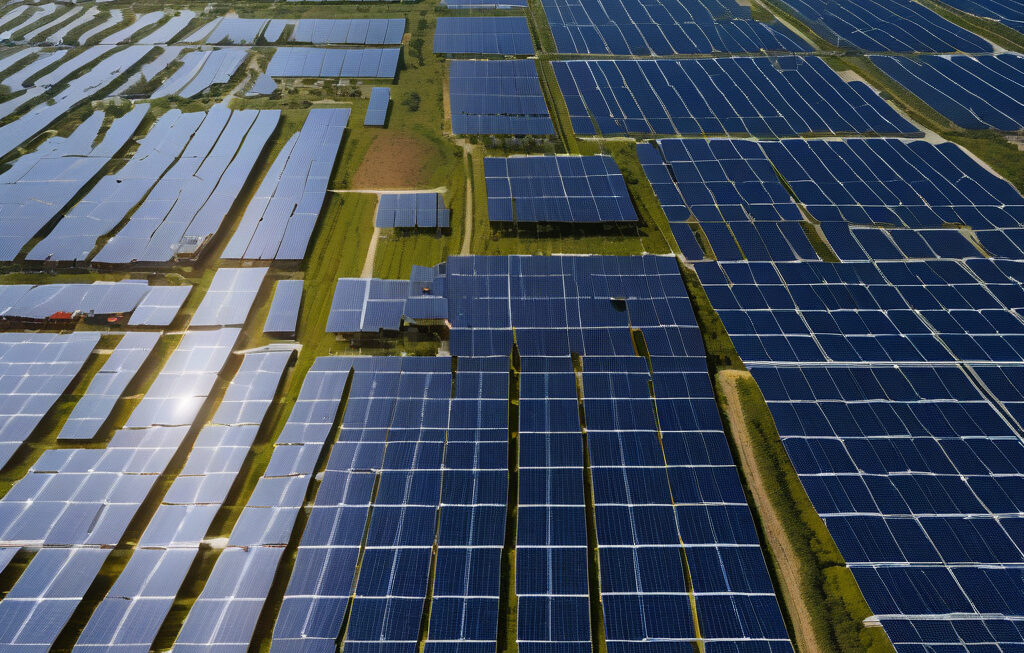Moon-rice: Super-dwarf Plant Revolutionizing Long-Term Space Missions
Long-duration space missions, such as those to the Moon or Mars, require a reliable source of food for astronauts to sustain themselves in the harsh environment of outer space. To address this challenge, scientists and researchers have developed a groundbreaking solution – Moon-rice, a super-dwarf plant designed to revolutionize long-term space missions by providing a sustainable source of nutrition for astronauts.
Moon-rice is a genetically modified rice plant that has been specifically engineered to thrive in the extreme conditions of space, including microgravity, high levels of radiation, and limited resources. Unlike traditional rice plants that require a certain level of gravity to grow properly, Moon-rice is a super-dwarf variety that can grow efficiently in a controlled environment, making it ideal for cultivation in space habitats such as space stations or colonies on other planets.
One of the key advantages of Moon-rice is its rapid growth cycle, allowing astronauts to harvest fresh crops in a matter of weeks rather than months. This not only ensures a steady supply of food throughout the mission but also provides astronauts with a source of fresh produce, which can have significant psychological benefits during long periods of isolation and confinement.
Furthermore, Moon-rice is packed with essential nutrients and vitamins needed to maintain the health and well-being of astronauts in space. Its high protein content makes it an excellent source of energy, while its complex carbohydrates provide a sustainable source of fuel for the human body. By incorporating Moon-rice into their diet, astronauts can ensure that they are receiving the necessary nutrients to stay healthy and perform at their best during the mission.
In addition to its nutritional benefits, Moon-rice also plays a crucial role in the sustainability of long-term space missions. By growing their own food on board, astronauts can reduce their reliance on Earth-based food supplies, minimizing the need for resupply missions and cutting down on costs. This self-sufficiency is essential for future space exploration efforts, where the ability to produce food autonomously will be key to the success of extended missions to the Moon, Mars, and beyond.
The development of Moon-rice represents a significant step forward in the field of space agriculture, paving the way for a future where astronauts can grow their own food in space and establish self-sustaining colonies on other planets. With further research and innovation, it is possible that other super-dwarf plants could be developed to complement Moon-rice and create a diverse and nutritious diet for astronauts on long-term space missions.
As we look towards a future of human exploration beyond Earth, solutions like Moon-rice demonstrate the ingenuity and creativity of scientists and researchers working to overcome the challenges of space travel. By harnessing the power of biotechnology and genetic engineering, we are opening up new possibilities for sustainable living in space and ensuring the success of future missions to the final frontier.
Moon-rice: the super-dwarf plant that is changing the way we think about food in space.
moon, rice, space missions, astronauts, sustainability












